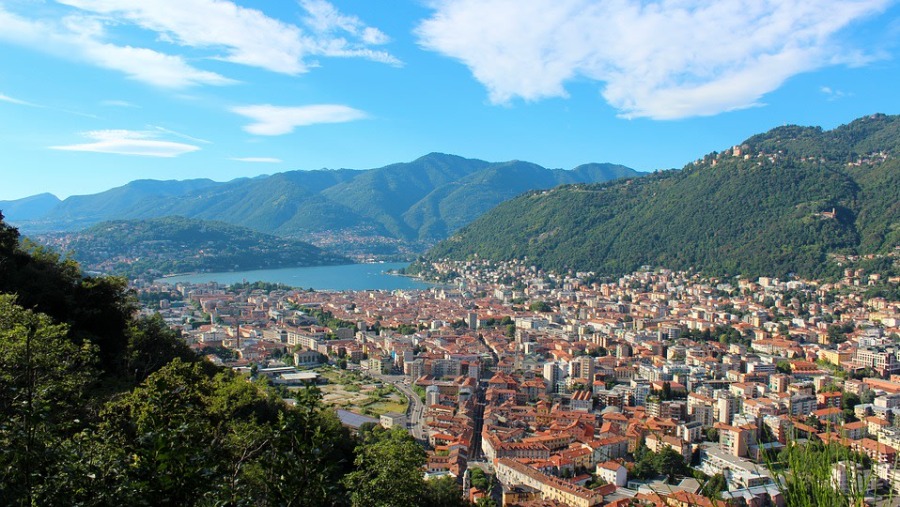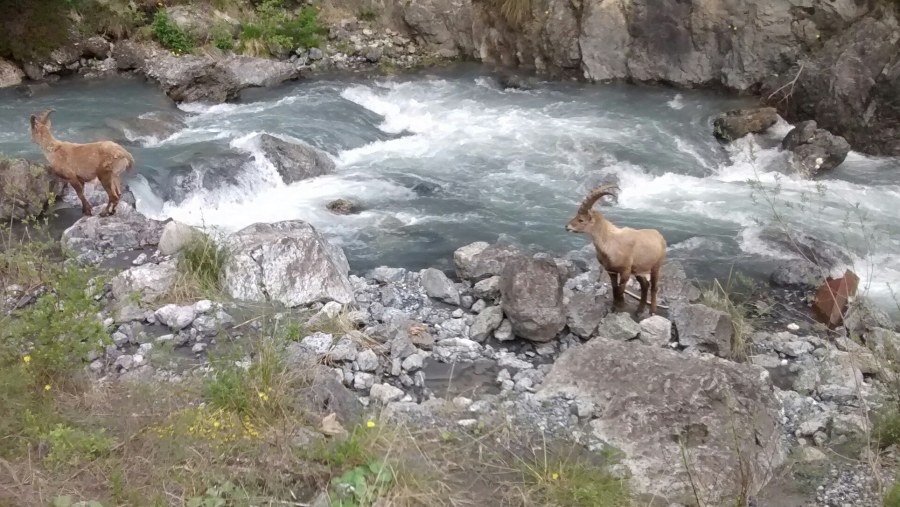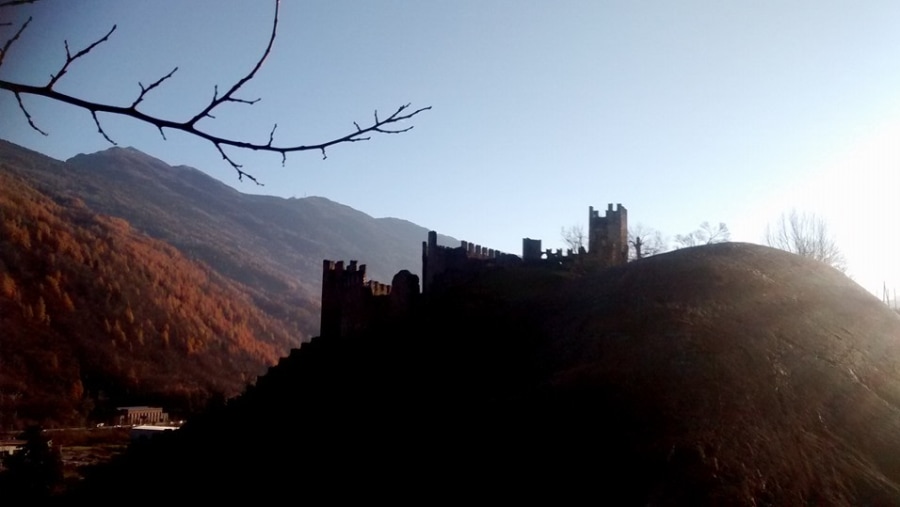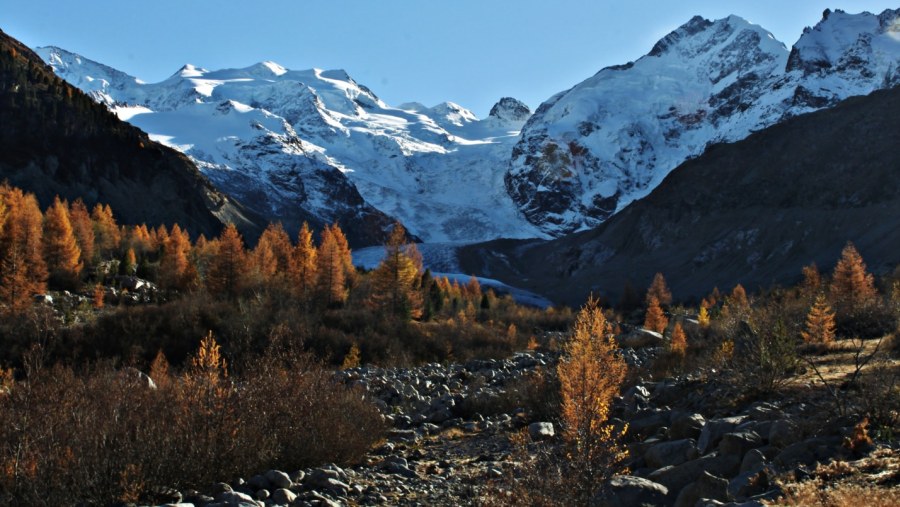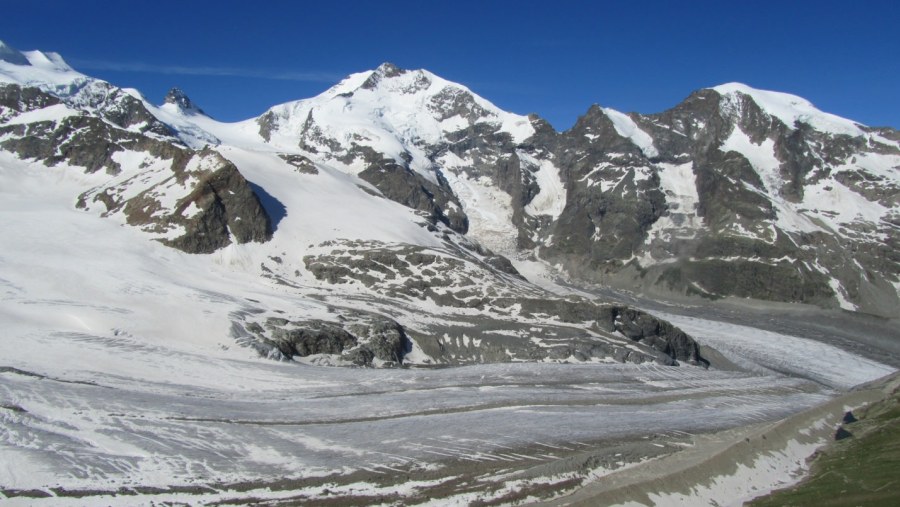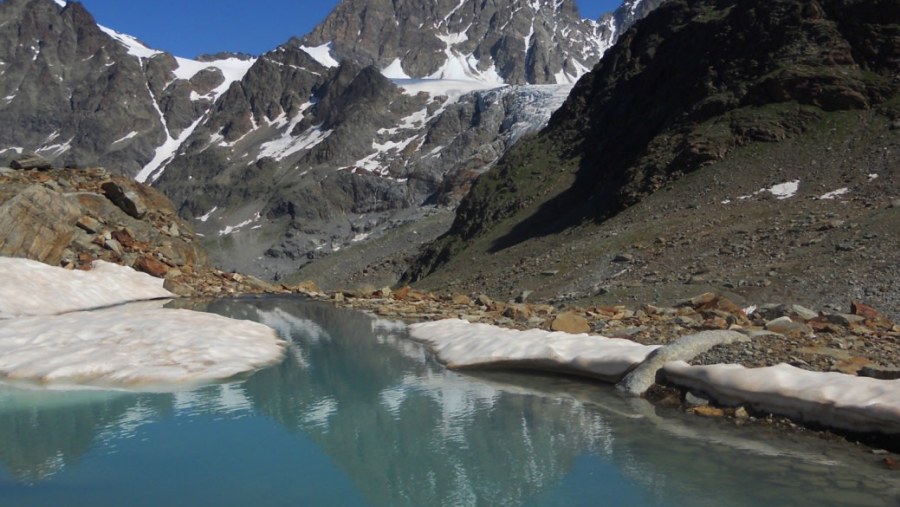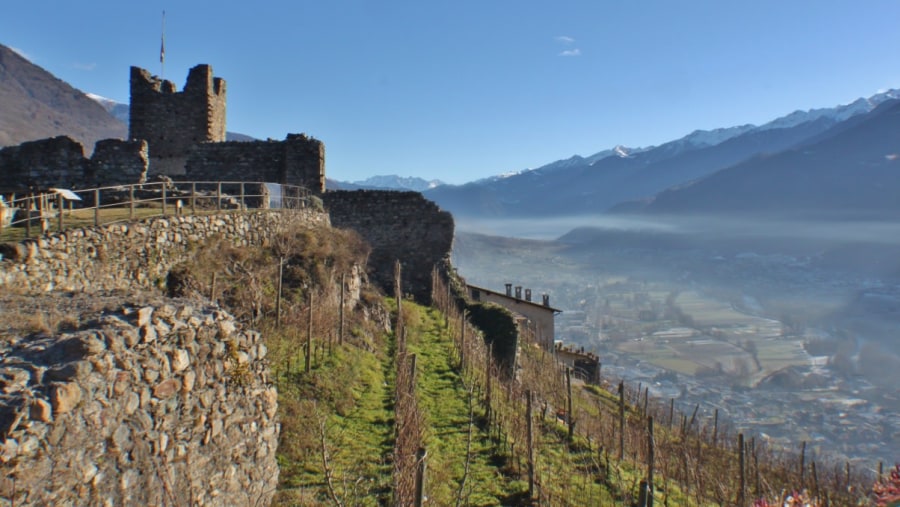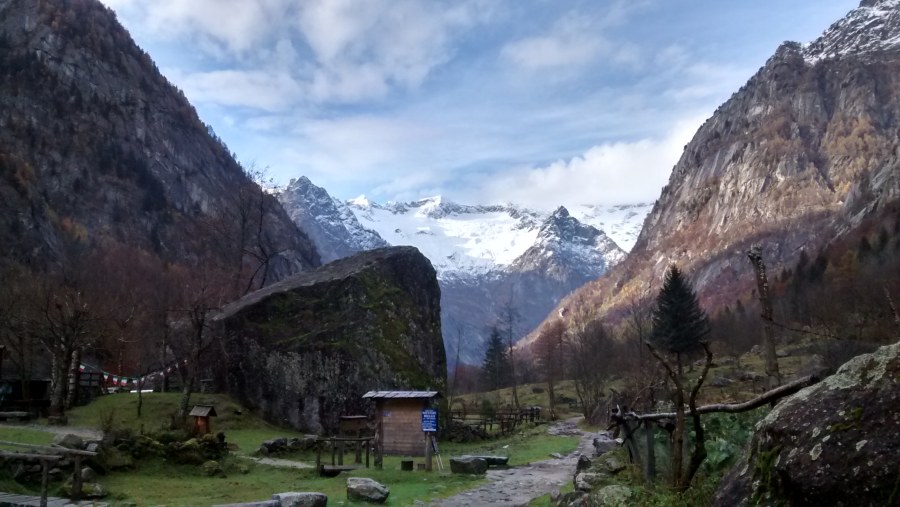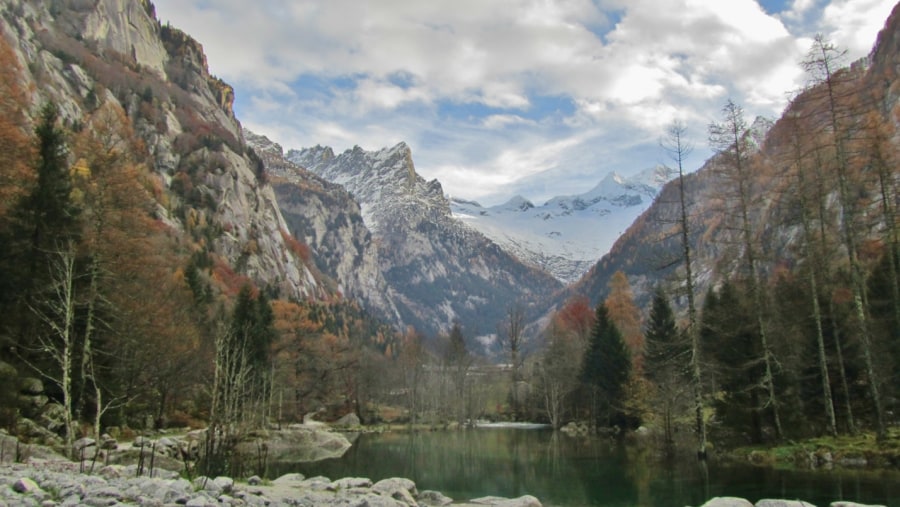5-Day Trip To An Unknown Italy: Valtellina, The Last Stand
Description
Once the proposed location for the ‘last stand’ of Mussolini’s forces against the approaching Allied army, Valtellina today poses a last stand of another kind, representing perhaps the only remaining territory in Italy not to have suffered the scourge of excess tourism and overdevelopment. Enjoy some of the best scenery, mountainous landscapes, wines, cuisine, and cultural attractions Italy has to offer at Valtellina, a delightful alternative to the tourist hotspots elsewhere in the bel paese.
Highlights
- Witness the beautiful views of Lake Como
- See some of the most outstanding mountain scenery in Val Masino
- Go to Mello Lake, one of the finest alpine lakes in Italy
- Walk through the charming architecture of Sondrio
- Buy National Heritage listed items in the village of Poschiavo
- Visit the castle of San Faustino and Villa Visconti Venosta in Grosio
Itinerary Expand All Collapse All
-
Day 1: Lake Como to Morbegno expand_more
Although not in Valtellina per se, the eastern side of Lake Como is a convenient and attraction-filled gateway to the valley proper. The lakeside village of Varenna is particularly unmissable, and if you have time for a ferry trip to Bellagio and Menaggio, these pretty little lakefront towns are unlikely to disappoint, offering delectable warrens of cobbled streets and a scattering of elaborate gardens with views across the lake to the surrounding mountains.
Our next stop is the town of Morbegno, a convenient place to overnight before a slightly more energetic day tomorrow, not to mention an attraction in its own right. Morbegno is home to the famous bitto cheese and, every year in September/October, holds a wine festival (‘Morbegno in Cantina’) during which visitors are invited to taste the region’s best wines and other local produce (bresaola, apples, casera and bitto cheese) in the cellars of Morbegno’s oldest wineries. A walk in the old town's cobbled streets and out to the 18th-century neoclassical Ganda Bridge are other worthwhile endeavours for the quaint traditional architecture and views of the River Adda respectively.
-
Day 2: Val Masino and Val di Mello expand_more
Today we take a turn northward into the veritable neverland of Val Masino and Val di Mello. Val Masino is home to Europe’s largest free-standing boulder – Sasso di Remenno – and some of the most outstanding mountain scenery Europe has to offer from the roadside. With the giants of the Masino-Bregaglia range heading the valley and flanking either side, the drive up whets the appetite nicely for the visual feast to follow.
The day’s highlight arrives a 45-minute walk or a ten-minute bus ride later in the aesthetically-exquisite Val di Mello. Justifiably dubbed the ‘Little Yosemite’ by locals, climbers and guidebooks alike, Val di Mello combines the quaint and the sublime in equally generous measures and places us in some of the best easily-accessible mountain scenery in Italy, if not Europe. Enclosed by alternately jagged and dome-like granite peaks and vertical cliffs on either side, its comparisons to Yosemite are not inaccurate and, if anything, a tad unkind to Mello, which many will consider being something of an upgrade!
The foot of the valley is divided by the teal waters of the River Mello, and a ten-minute walk from the bus stop brings us to Mello Lake, perhaps the finest alpine lake in the region – the sight of the turquoise waters reflecting their snow-tipped backdrop is one instantly carved in the plates of memory and unlikely to be erased for quite some time. A scattering of modest eateries dots the path up the valley, with the most entertaining being at the rustic, welcoming Rifugio Mello, where the friendly chef, waiter and guide-cum-‘hotelier’ will regale you in his charmingly broken English.
Tip: If you have time, the 2h30 min trek up to Rifugio Gianetti in neighbouring Val Porcelizzo is well worthwhile, rewarding the effort with unimpeded views of the legendary (to mountain enthusiasts) Piz Badile.
-
Day 3: Sondrio and Valmalenco expand_more
Valtellina’s capital, Sondrio, offers dozens of worthwhile attractions to incoming visitors. For the budding sommelier, oenophile, or just your average lover of the fermented grape, Sondrio and its vicinity boasts two DOCGs and several other top wines from local vignerons and vintners. The terraced vineyards can all be seen from the roadside and visited for tasting and tours. The Nino Negri, Balgera Vini, and Tenuta La Gatta wineries are all nearby and among the best places for a spot of sampling, while in town bars Il Tabernario and Terra Vino offer a wide selection of the region’s top tipples.
In Sondrio itself, a walk through the charming Via Scarpatetti up to the 11th-century Masegra Castle and then back down to the central Piazza Garibaldi takes in some of the appeal and character which won it Alpine Town of the Year in 2007. Another nearby attraction is the 10th-century Grumello Castle, east of Sondrio, where visitors can combine a visit to the ruins of this former military outpost with a stop at the adjoining wine cellar.
North of Sondrio lies the popular ski and trekking area of Valmalenco. Headed by the giants of the Bernina range, which form an imposing border with neighbouring Switzerland, the scenery in the valley is never short of captivating. The towns of Chiesa in Valmalenco, Torre di Santa Maria and Chiareggio are all nice spots for lunch with stunning alpine views and friendly locals.
Tip 1: If able to extend your trip for a few days, a hike up to Rifugio Cristina or Rifugio Marinelli is well worth the effort, with each mountain hut immersed in some of the best alpine scenery in Europe and overlooked by some of the region’s loftiest peaks, the former by Pizzo Scalino (hailed the ‘Matterhorn of Valmalenco’) and the latter by the 4049m Pizzo Bernina, the highest peak in the Eastern Alps.
Tip 2: Local delicacies, like pizzocheri and sciatt make for a tasty (if calorific!) introduction to regional cuisine.
Tip 3: If you have a rough handle on Italian, the magazine ‘Le Montagne Divertenti’ provides a wealth of local knowledge on attractive day walks and longer treks in the area, as well as snippets of local history and culture. -
Day 4: Tirano and Val Poschiavo expand_more
Tirano, our starting point for the day, is a handy strategic base for forays into upper Valtellina, the adjoining Val Poschiavo, and up over the 2253m Bernina Pass for a quick visit to St. Moritz. While Tirano merits an hour or two’s visit in and of itself – not least for the town centre’s basilica, Santuario Madonna di Tirano, where the Virgin Mary is claimed to have appeared to a villager in 1504 – the day’s main attractions lie to the north.
Boarding the Bernina Express train or trenino rosso in Tirano’s town center, we set off on what must be one of the most remarkable rail journeys in the world and one of few to have been awarded World Heritage status. After curling and crawling through the valley of Poschiavo, the train climbs sharply to Bernina pass before descending the Engadina valley to St. Moritz. Along the way, there are several appealing stops, and patrons are free to hop on and off with a day ticket.
The first potential hop comes at the village of Poschiavo, where we can take in any of its ten Swiss National Heritage Sites (including 19th-century renaissance palazzi) or, for those not averse to a touch of the macabre, the 15th-century Oratorio Sant’Anna chapel, which displays hundreds of skulls in its frontal façade.
Hop number two, at the Bernina-Diavolezza station, lands us at the foot of the Diavolezza ski slopes. From the station, a 15-minute cable-car ride or 1h30min walk takes us to Diavolezza mountain hut, where there are superlative views over the Pers glacier to Piz Palu, Pizzo Zupo, and Pizzo Bernina itself.
Descending the Engadina valley, two stops offering highly-recommended wild-card deviations from the course are Morteratsch and Pontresina-Roseg, whose homonymous valleys (both two-to-three-hour return walks) lead to the foot of giant undulating glaciers and further stupendous views of the Bernina range.
- The journey culminates in the glitzy St. Moritz, a favourite haunt of the rich and famous and popular ski resort. Also an emporium of high-end designer boutiques, St. Moritz will appeal to those who wish to squeeze in a spot of high-altitude retail or just gawp at the equally lofty price tags!
Tip: St. Moritz is expensive. If you’re on a tight budget, load up on caffeine and calories before arrival!
-
Day 5: Grosio to Livigno expand_more
Day Five is a big one, with multiple opportunities for detours or extensions along the way. Starting in the delectably cute town of Grosio, we spend the morning visiting the castle of San Faustino (10th century) and Villa Visconti Venosta (14th century), both of which overlook the town from a rocky bluff to the north. A stone’s throw from the castle, we find a giant rock slab adorned with dozens of petroglyphs dating from as far back as 2200 BC. In the town center, Grosio’s San Giorgio Church is worth a visit to see the frescoes by the painter Cipriano Valorosa before moving on to Bormio.
Tip: The petroglyphs are most easily distinguished in low light, making sunrise or sunset the best time for viewing!Bormio is something of a summer-time hub for trekkers, mountain bikers and outdoor enthusiasts in general. Boasting a duo of thermal spas (Bagni Nuovi and Bagni Vecchi), it is also the ideal spot for a bit of relaxation if the trip thus far has taken its toll. If you don’t fancy the entrance fees to the spas, a short drive towards the Forcola Pass will take you to the pozza (literally: ‘puddle’) of Bormio, a natural thermal pool where you’re likely to find yourself in the company of a few locals, amongst them a small troupe of impervious and very sociable ibex.
The potential detours between Bormio and Livigno are numerous, with the most attractive being Santa Caterina Valfurva and Val Cedec, Val Zebru, Val Viola and Stelvio Pass (2757m). Each offers a variety of trekking opportunities for the enthusiast and the novitiate alike, with Stelvio Pass and Santa Caterina providing base camps for long and short ventures in the Ortler and the Cevedale groups.
Our journey ends in the high-altitude ski resort of Livigno, which offers a plethora of day treks, duty-free shopping, a Caravaggio painting (in the eponymous church), and a final hit of grandiose alpine scenery.
Final tip: While our proposed itinerary is for five days, Valtellina has several months’ worth of attractions to explore and enjoy, so be prepared to make room in your calendar for subsequent visits of far longer durations!
What's Included
- English-speaking guide
- All transfers during the tour
- Accommodation during the tour
- Breakfast on all days
- Taxes and local charges
- All entrance fees, if needed
What's Excluded
- Personal expenses
- Lunch and dinner
- Anything not included in the tour prices
Cancellation Policy
For cancellations upto 2 days before the tour -
Refund of 50% of the tour price.


